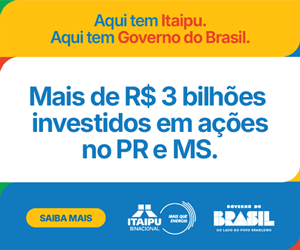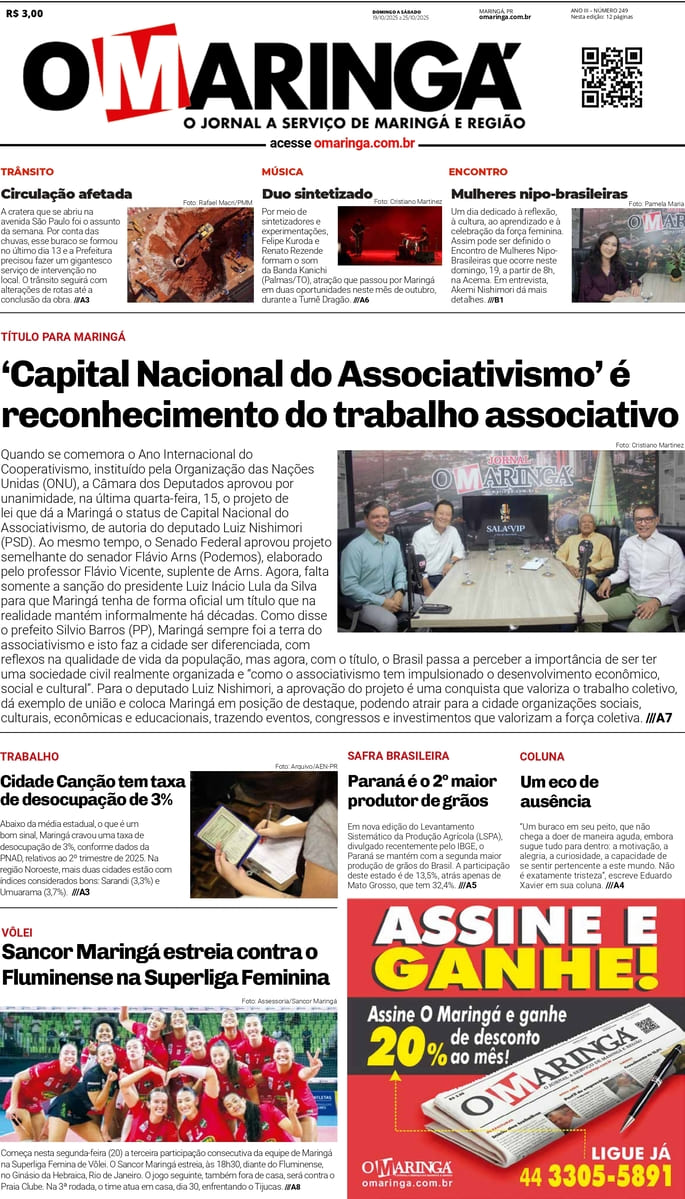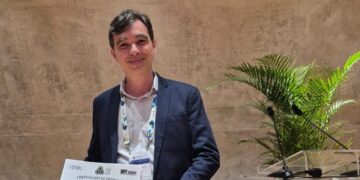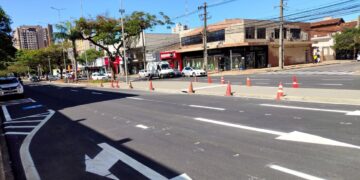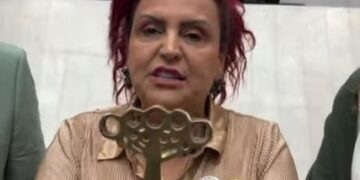Illnesses caused by mercury exposure, harassment, rape, attempted murder, and forced disappearances are among the problems faced by people drawn into illegal mining in the Amazon, according to a survey by the Pan-Amazonian Ecclesial Network (Repam-Brasil) and the Conviva Institute, two non-profit organizations.![]()
![]()
A team of researchers—including sociologists, communicators, and anthropologists—gathered testimonies from 389 people in Manaus (Amazonas), Altamira (Pará), Porto Velho (Rondônia), and Boa Vista (Roraima). According to the study, these cities were selected because they represent more than half of the Amazon region’s population. Between January 2022 and December 2024, the researchers spoke with individuals who either worked as miners or had family members involved in illegal mining activities.
The researchers found that, in 2024, the most common diseases among miners were gout (24%), malaria (19%), tuberculosis (14%), bronchitis (13%), pneumonia (11%), and rheumatism (10%).
The life expectancy observed in these groups was 55 years—well below the national average of 76.4 years in 2023, according to the Brazilian statistics agency IBGE. The main causes of death among miners were animal attacks (61%)—such as snake and arachnid bites and insect stings—followed by drowning (20%) and burial (19%).
According to the study, all forms of mining are harmful to the peoples of the Amazon, but illegal mining is the most damaging, as it is often linked to organized crime involved in drug, arms, and human trafficking.
The researchers concluded that mining, far from being a choice, is driven by a lack of alternatives. The constant movement of workers to illegal mining areas is seen as involuntary, stemming from the “desperation experienced by migrants and the unemployed in both urban and rural areas.”
Mining stories
In the survey, the researchers emphasize that “just as the activity contaminates the people of the territory, it also affects the miners, who lack access to health care in the mining areas.”
Among the stories highlighted is that of Adriano (a fictitious name), 66, a drug addict who had been living on the streets of Manaus for eight years. After a conflict with his family in Mato Grosso, he decided to go with a friend’s father to a gold mine. He was only 14 years old at the time and traveled across almost the entire Amazon working in illegal jobs.
“In the gold mines, we learn not to expect anything from life. If we wake up alive, we’re already ahead. The gold mines make us lose sight of life. One day we win; the next, we lose everything. One day we discover gold veins, the next day the ferry is destroyed. And so, we get used to running from one place to another—with no fixed abode,” said Adriano.
Valéria, 32, a native of Manaus, worked as a diver in a gold mine on Yanomami indigenous land. She says her tasks included positioning dredges, fixing hoses, checking holes, and identifying gold veins. She soon realized that, as an unaccompanied woman, she was constantly in danger. She experienced several episodes of harassment and attempted rape. However, what ultimately led her to flee the gold mine were assassination attempts.
“Every time I discovered gold veins, they were supposed to pay me a little extra or give me a share of the find, according to the agreement. But to avoid sharing the profits, they cut the hose with me tied underneath. They did this to me three times. That’s all I know, though—they may have tried other times when I wasn’t aware. After the third time, I escaped by swimming about three kilometers down the river,” says Valéria.
The impact of illegal mining on women is one of the key highlights of the study, as explained by Marcia Oliveira, PhD in Society and Culture in the Amazon from the Federal University of Amazonas (UFAM), advisor to Repam-Brazil and Cáritas Brazil.
“There is trafficking in women and girls between the ages of 12 and 14, who are taken to the mines to work under subhuman conditions of exploitation. They remain there for years, subjected to threats and trapped in debt incurred from transportation and food costs. They also suffer severe sexual and psychological violence and humiliation, to the point that they do not recognize themselves as trafficking victims and normalize this violence due to the modus operandi of the mines,” said Márcia Oliveira.
Rosa, aged 54 and a resident of Manaus, has been searching for her son, who disappeared in the mines, for the past 18 years.
“There’s no way to report it to the police because they can’t enter the mines. It’s no man’s land, you know? What happens there stays there. Some people told me he died in a ravine. Others said he drowned. Once, an old miner told me he was shot dead in a fight. But the truth is, the body was never found. The sacred right a mother has to bury her son’s body was taken away from me,” says Rosa.
Crédito arquivo Nacional EBC
Leia Mais em: O Maringá

